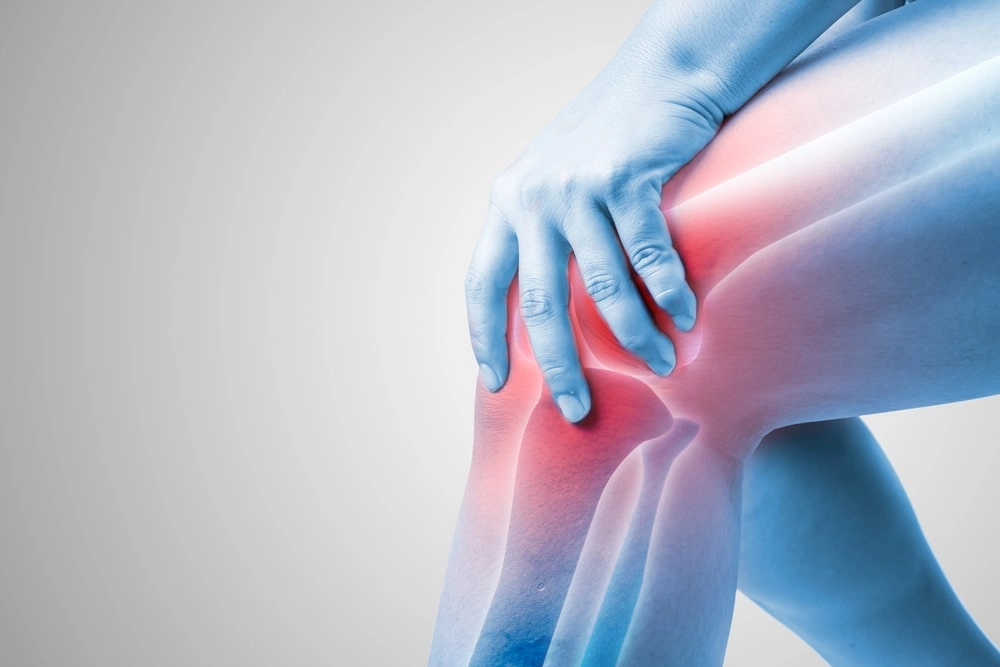Workers’ compensation benefits are intended to provide quality medical treatment for people injured on the job, as well as income for them while they recover and partial lost wages compensation. Employers with employer workers’ compensation insurance are also protected from lawsuits filed by injured workers.
Once the employer’s insurance company receives the workers’ compensation claim for a work-related knee injury, it will either approve the claim and benefits or deny the claim.
Injured workers may have their medical treatment covered, including physical therapy and partial disability payments, if they cannot work due to the injury or if they are on light duty until they reach the maximum medical improvement for a serious knee injury.
Employees who have a valid claim denied or reduced have a chance to appeal the decision; the advice of an experienced workers’ compensation attorney can help.
Some workplace injuries are caused by a third party, so the workers’ comp insurance may not cover them. In these cases, your lawyer can file a third-party lawsuit against the at-fault party to recover compensatory damages.
If you’ve been injured at your Los Angeles, Palmdale, Van Nuys, or Bakersfield workplace, contact Kenton Koszdin Law Office to learn your legal options.




